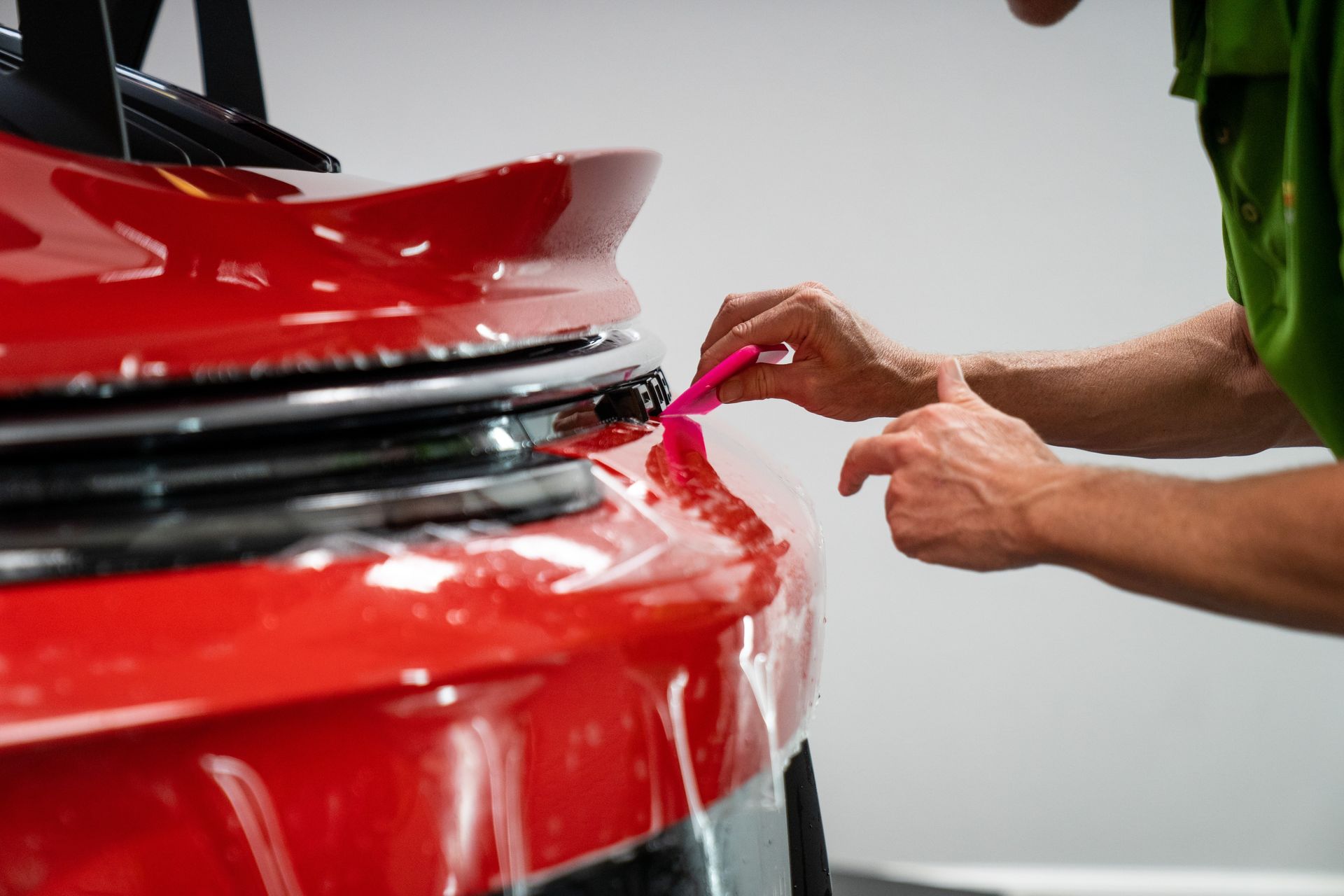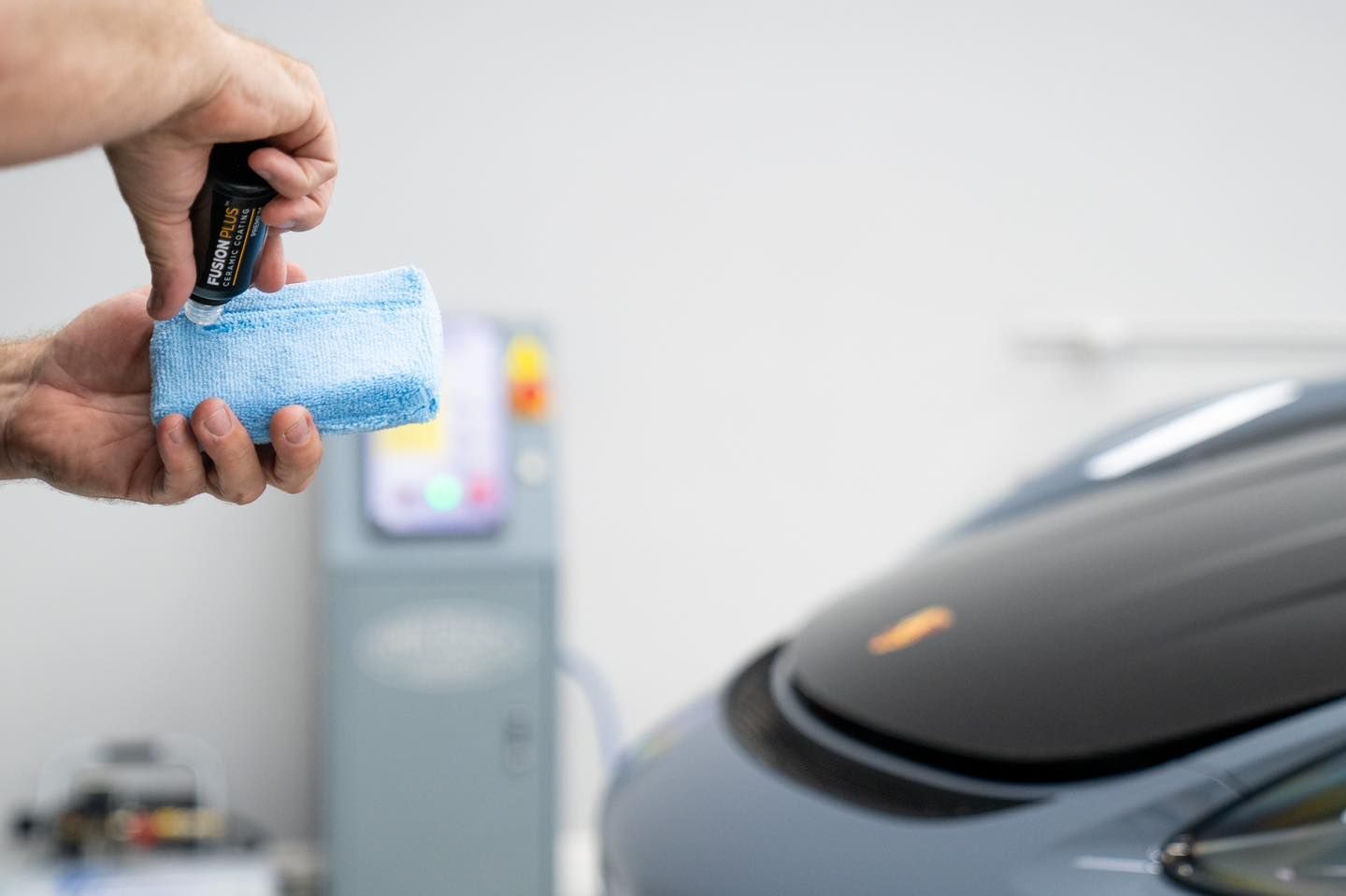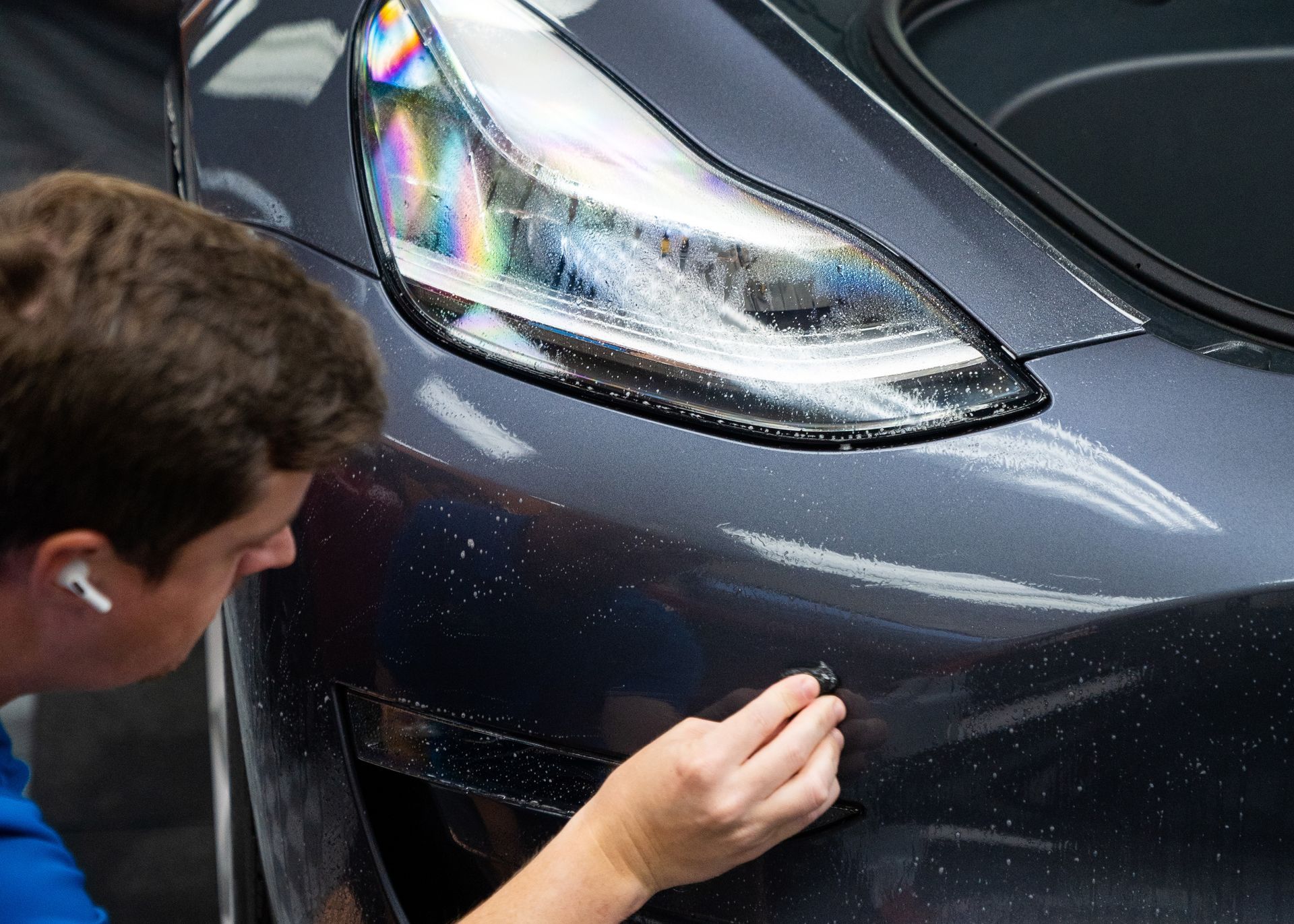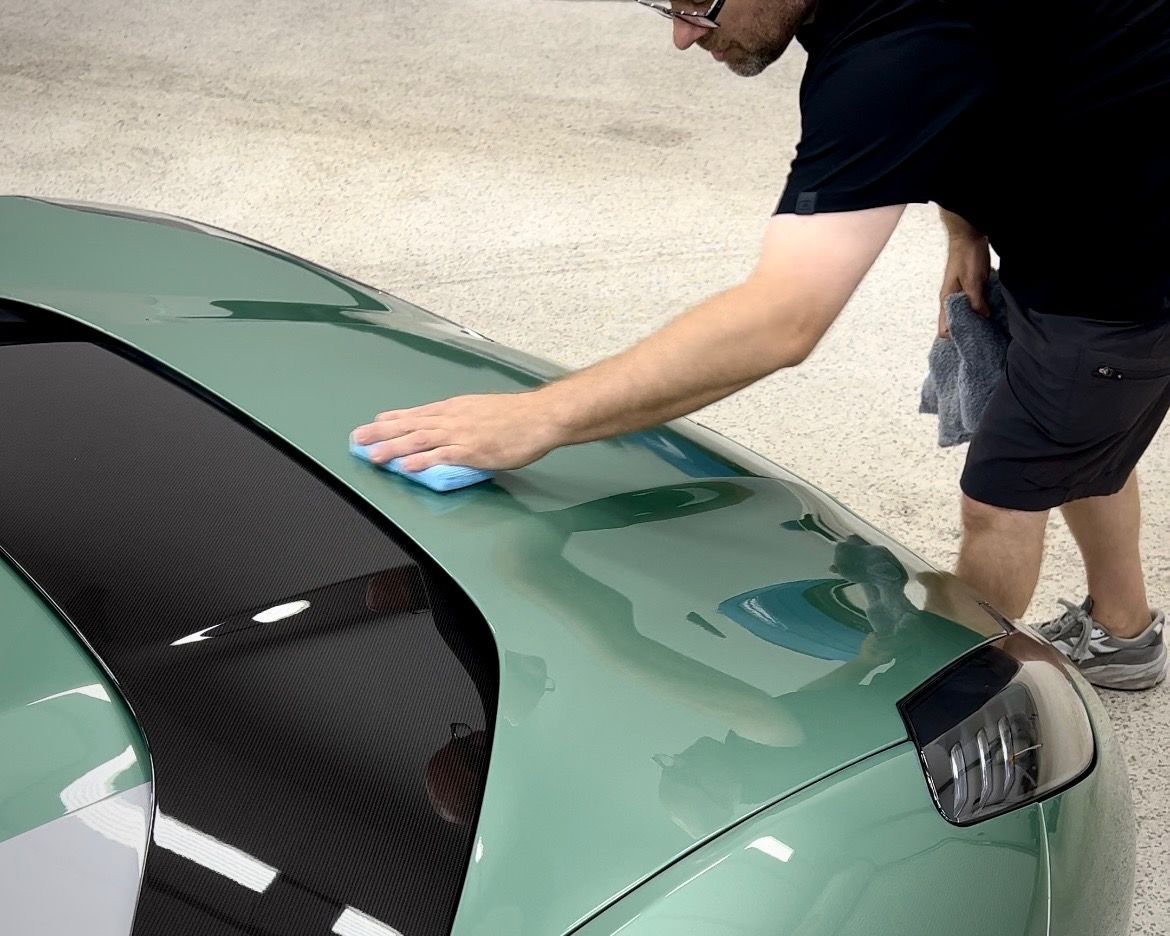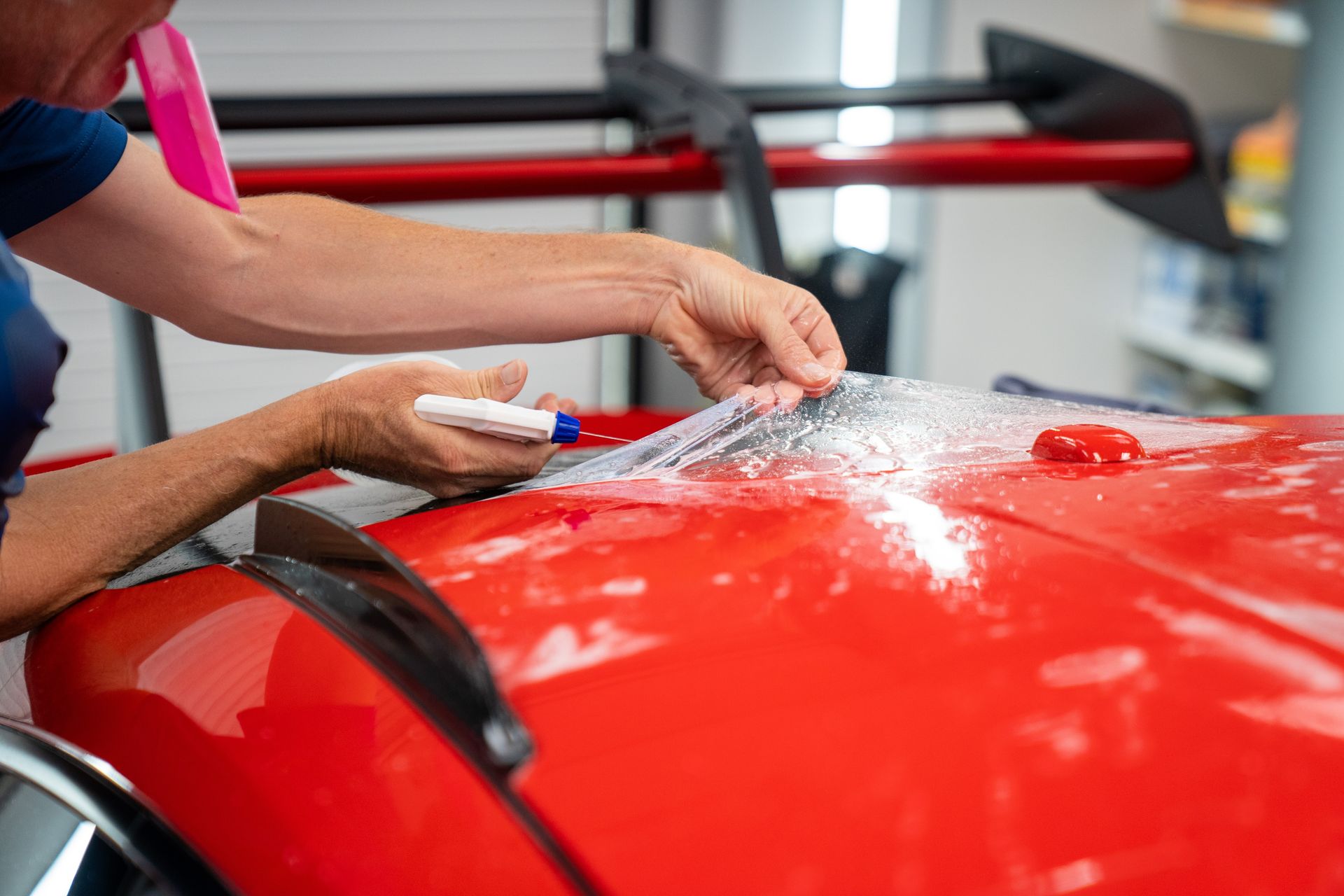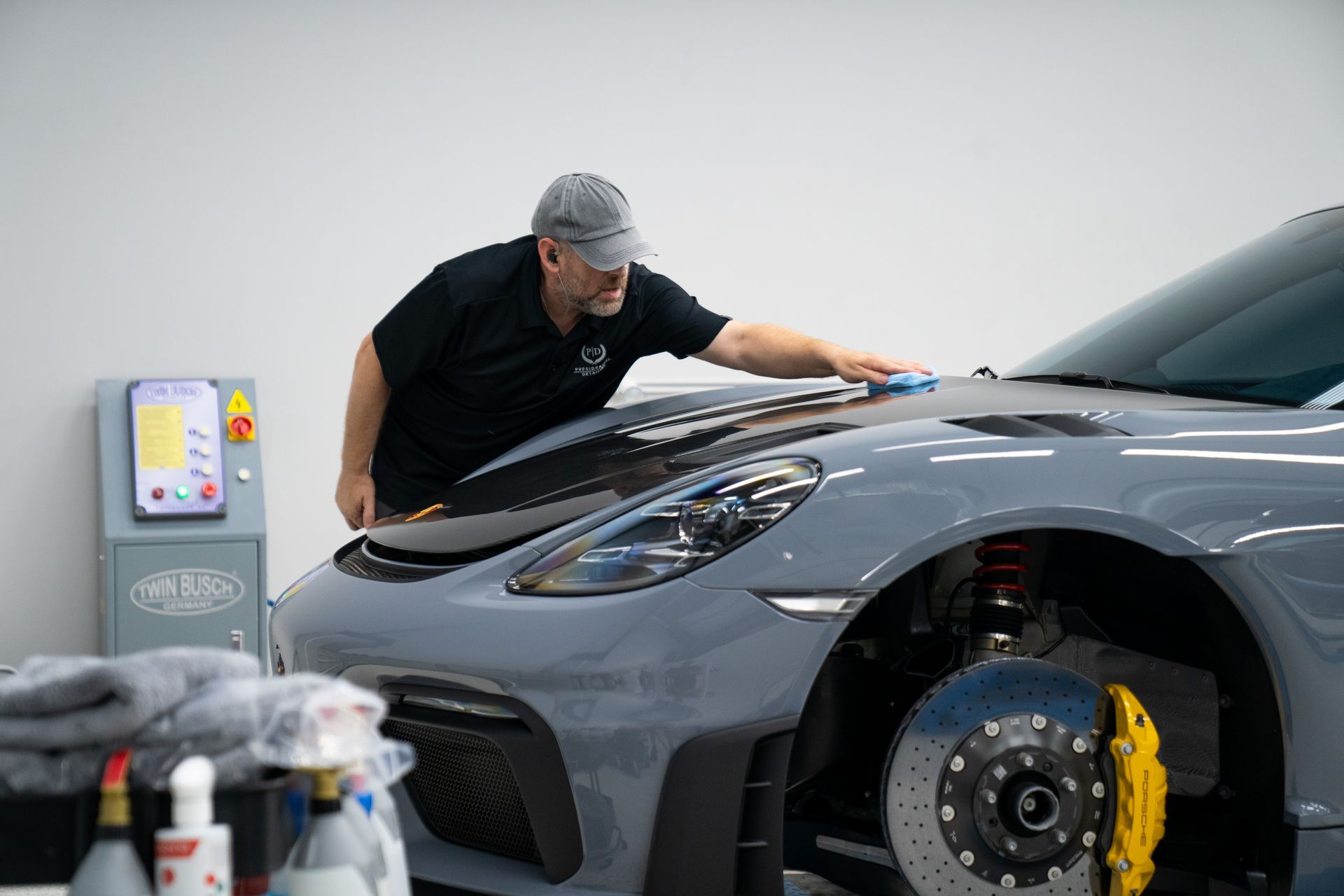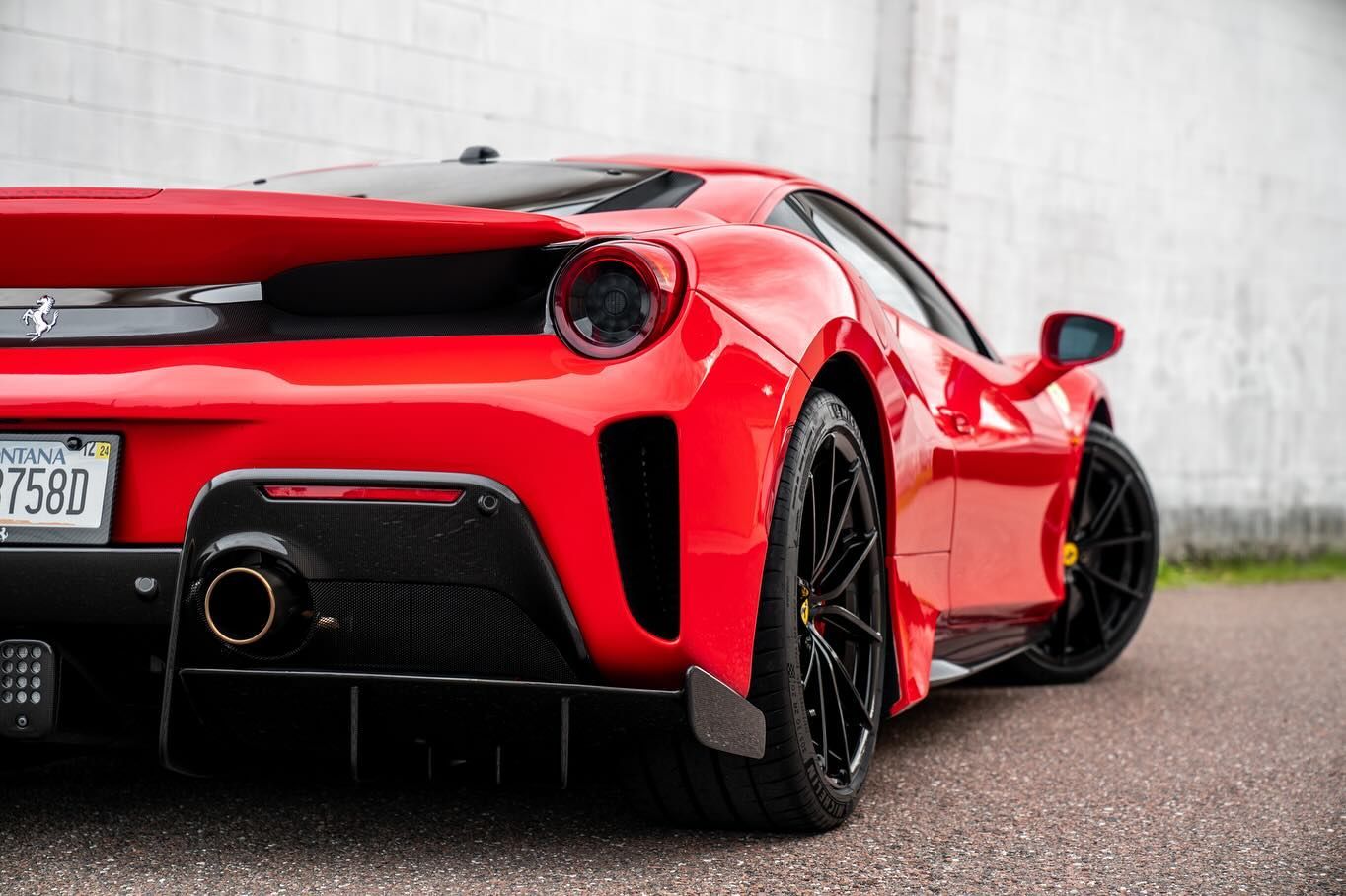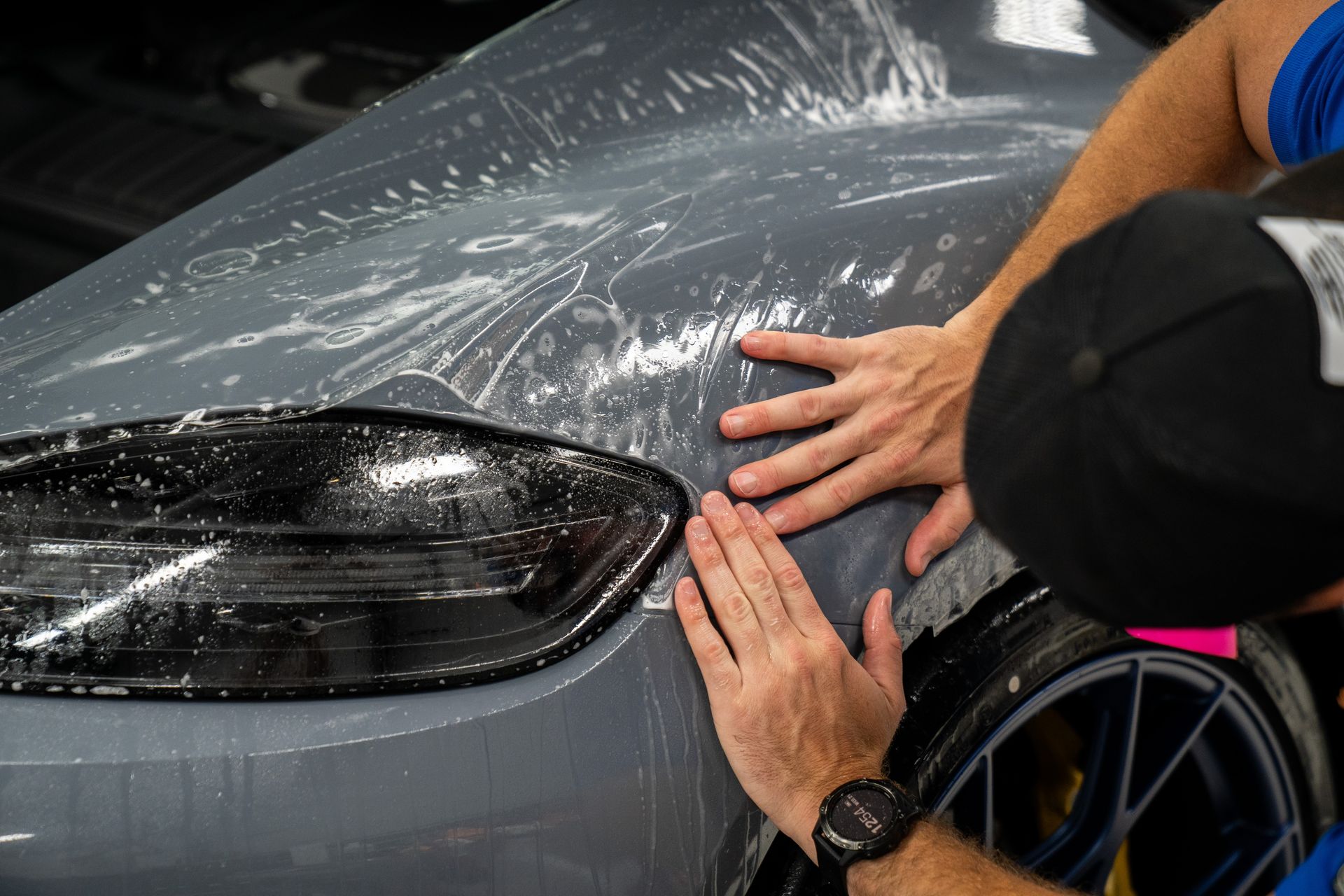Ceramic Coating: Is It Safe for All Types of Car Paint?
CALL (813) 723-9679
GET A FREE ESTIMATEWhen it comes to keeping your car looking fresh, many people are curious about what options are out there. One popular choice among car enthusiasts is ceramic coating. But is it safe for all types of car paint? With so many different finishes available on the market today, it's important to understand how a ceramic coat interacts with various paint types. In this article, we'll break down what ceramic coatings are, their benefits, and which paint types can safely wear this protective layer. Whether you're thinking of getting your car coated or just want to know more, this guide will help you make informed choices for your vehicle’s care.
Yes, ceramic coatings are generally safe for most types of car paint. However, it is crucial to ensure that the vehicle's surface is properly prepared and free from imperfections before application to achieve optimal results and avoid any potential reactions.
What is Ceramic Coating?
Ceramic coating is a revolutionary solution for vehicle protection, manifesting as a liquid polymer that bonds chemically with your car's factory paint. This isn’t just a protective layer; it forms a new skin that enhances your car's appearance while providing formidable defenses against the elements. Imagine applying an invisible shield that fights off everything from harsh UV rays to acidic bird droppings. The result is not only a glossy finish for traditional paints but also impressive resistance to environmental contaminants for all paint types.
In essence, ceramic coatings serve as a tough armor for your vehicle, playing an essential role in preserving both its look and integrity. On average, studies show that these coatings can last anywhere from 2 to 5 years, largely depending on the specific product used and how well the coating is maintained. That’s significant longevity compared to traditional wax or sealants that often wear off within months. Hence, investing in ceramic coating means you're opting for long-term care rather than short-lived superficiality.
Whether you’re looking to maintain the pristine condition of a new luxury car or rejuvenate an older model, ceramic coatings provide a compelling solution. They elevate not just the aesthetics but also offer serious protection from everyday hazards of road life. If you've ever marveled at how some cars seem to shine brighter than others while resisting dirt buildup, chances are they are sporting a quality ceramic coat beneath their surface. Understanding these protective coatings better lays the groundwork for exploring which paint types are compatible with them, ensuring optimum results for your vehicle's finish.
Compatible Paint Types
Not all automobile paints are created equal, and knowing the nuances of how different types interact with ceramic coatings can make a significant difference in longevity and appearance. Generally speaking, modern vehicles predominantly feature clear coats, which provide an ideal surface for application; these glossy layers not only enhance the vehicle's shine but also serve as a protective barrier. When you apply a quality ceramic coating to a clear coat, you're essentially fortifying that layer against environmental damage like UV rays and road debris.
Paint Types
- Clear Coats: Common on new models, they offer a smooth finish that allows ceramic coatings to bond effectively, leading to exceptional durability and shine.
- Single-Stage Paints: Older vehicles often have single-stage paints, which can accommodate ceramic coatings as well, though the pre-application process may require additional steps, such as polishing or sanding, to create the right surface profile for bonding.
- Metallic and Pearl Paints: These lusters are striking when treated with ceramic coatings, enhancing their depth and glossiness further. The reflective nature of metallic paints combines beautifully with the hydrophobic features of ceramics, creating an eye-catching effect.
- Matte and Satin Finishes: Contrary to common misconceptions, matte and satin finishes are indeed compatible with ceramic coatings—provided that the right type of coating is used. Certain ceramic coating formulas are specifically engineered for low-gloss surfaces, ensuring that the unique, non-reflective aesthetic remains unchanged. Rather than adding unwanted shine, these coatings preserve the subtle texture and appearance while delivering the same high level of protection against UV rays, chemical stains, and everyday contaminants. It's a smart way to guard your finish without compromising its distinctive look.
It’s essential to consult with professionals who are familiar with these finishes to ensure the correct ceramic product is selected. When applied properly, ceramic coatings can help matte finishes maintain their unique appearance while benefiting from long-term protection
Benefits of Ceramic Coating
One of the most notable perks of ceramic coatings is their impressive durability. When you apply a ceramic coat to your vehicle, you're essentially laying down a protective armor that shields your car from various environmental hazards. Picture it as an invisible force field against road debris, bird droppings, acid rain, and UV rays that can dull your paint's shine over time. This kind of protection doesn’t just keep the car looking great; it also prolongs its lifespan.
Advantages
A fascinating study highlighted that cars treated with a ceramic coating maintained up to a 60% higher gloss rating after three years compared to those without any coating. This statistic is significant when you consider that a glossy finish not only enhances the aesthetic appeal but also reflects well on the owner’s attention to detail. Consequently, maintaining that sharp appearance becomes easier than ever.
Another major advantage lies in the hydrophobic properties of ceramic coatings. Simply put, this means water beads off the surface instead of sitting on top and causing grime buildup. Imagine washing your car; instead of scrubbing stubborn dirt and stains, you can enjoy effortless clean-up since contaminants simply slide away. Drivers have reported drastically less frequent trips to the car wash, as a routine rinse often suffices to keep their vehicles looking pristine. Such remarkable results can do wonders for overall satisfaction in car ownership and might even boost resale value when it comes time to part with your beloved vehicle. Understanding how to handle the application safely is essential for ensuring these benefits last.
Steps for Safe Application
The process of ceramic coating application requires attention to detail and the right techniques to extract all the benefits while avoiding potential damage to your car's finish. The first step begins with careful preparation of the surface. It's essential to wash your vehicle thoroughly using a pH-neutral car wash soap. This method removes dirt and ensures that contaminants like grease, wax, or other impurities do not interfere with the adhesion of the ceramic coating.
Once washed, consider utilizing a clay bar treatment to further refine the surface. This technique removes embedded particles and gives you an ultra-smooth plane ideal for coating. After getting the surface prepared, you'll be ready for the exciting part: applying the coating itself. For application, using a foam applicator pad is highly recommended, as they allow for an even spread of product without leaving behind streaks or patches. Work in small sections—think about a square foot at a time—to ensure you maintain control during the application process.
As you apply the coating, move in straight lines and avoid circular motions because these can create uneven layers. A consistent pattern will lead to a flawless finish and enhance durability. It’s often suggested to complete the application within specific temperature ranges—ideally between 60°F and 80°F (15°C to 27°C)—to facilitate optimal bonding between the coating and your vehicle's paint.
Now that you have applied the ceramic coat, patience becomes your virtue. Curing is one of the most critical components of applying a ceramic coating. Allow it to cure properly, typically requiring at least 24 hours without exposure to water or extreme conditions. This period enables the ceramic particles to bond effectively with the paintwork, ensuring long-lasting protection. Some professional services utilize infrared curing lamps during this phase to speed up drying times while enhancing performance. However, if you're doing it yourself, allowing natural curing time is key—rushing this stage might jeopardize its effectiveness.
Making sure each step is followed accurately guarantees that your car will look beautiful while providing years of protection thanks to proper maintenance after application. Understanding these steps—from preparation through curing—will not only protect your vehicle investment but also elevate its aesthetic appeal, keeping it looking newer and cleaner longer than ever before! With a firm grasp on these processes, you are well on your way to ensuring enduring beauty and resilience for your vehicle. Next, we can turn our attention to how long these protections last and what maintenance is required.
Longevity and Maintenance
Maintaining a ceramic-coated car is more than just a chore; it's an investment in preserving the beautiful finish and protective qualities that the coating provides. With proper care, high-quality ceramic coatings can offer protection ranging from two to five years. Advanced formulations may even protect your vehicle for up to a decade, but this longevity hinges on the quality of the products used during application and maintenance practices. One fundamental aspect of maximizing your ceramic coating's lifespan is surface preparation before application. This step is critical: a clean, polished surface ensures optimal adhesion. Think of it like preparing a canvas before painting; if it’s not pristine, the results won’t be what you envision.
After applying your ceramic coating, ongoing maintenance becomes essential. The right approach involves using pH-neutral shampoos for hand washing and steering clear of automatic car washes that often employ harsh chemicals, potentially damaging the delicate coating.
Maintenance Tips
Incorporating simple yet effective measures into your routine will keep the ceramic layer in top condition. I highly recommend applying a ceramic booster spray every six months. This product works wonders in rejuvenating your coating’s hydrophobic properties, ensuring water beads off rather than resting on the surface where contaminants can settle in.
Remember that regular maintenance also includes checking for signs of wear on your coating. A visual inspection can reveal diminished gloss or altered water behavior, which are indicators that it may need recoating soon. Keeping tabs on these subtle changes allows you to anticipate when to seek professional treatment, thus avoiding further damage.
In summary, understanding how to maintain your ceramic coating is crucial for protecting your vehicle and enhancing its longevity. Remember, consistent care translates to continued quality and appearance.
Optimal Ceramic Coating Installation in Tampa, FL
Give your vehicle the treatment it deserves with ceramic coating services from Presidential Automotive Detailing in Tampa, FL. Designed to deliver long-lasting protection and enhanced appearance, our coatings shield your paint from Florida’s relentless sun, rain, and road grime. Whether you're aiming to preserve your investment or turn heads at every stoplight, our expert team applies every layer with precision. Discover how professional-grade protection can make your car easier to maintain while keeping it showroom-sharp, mile after mile.
